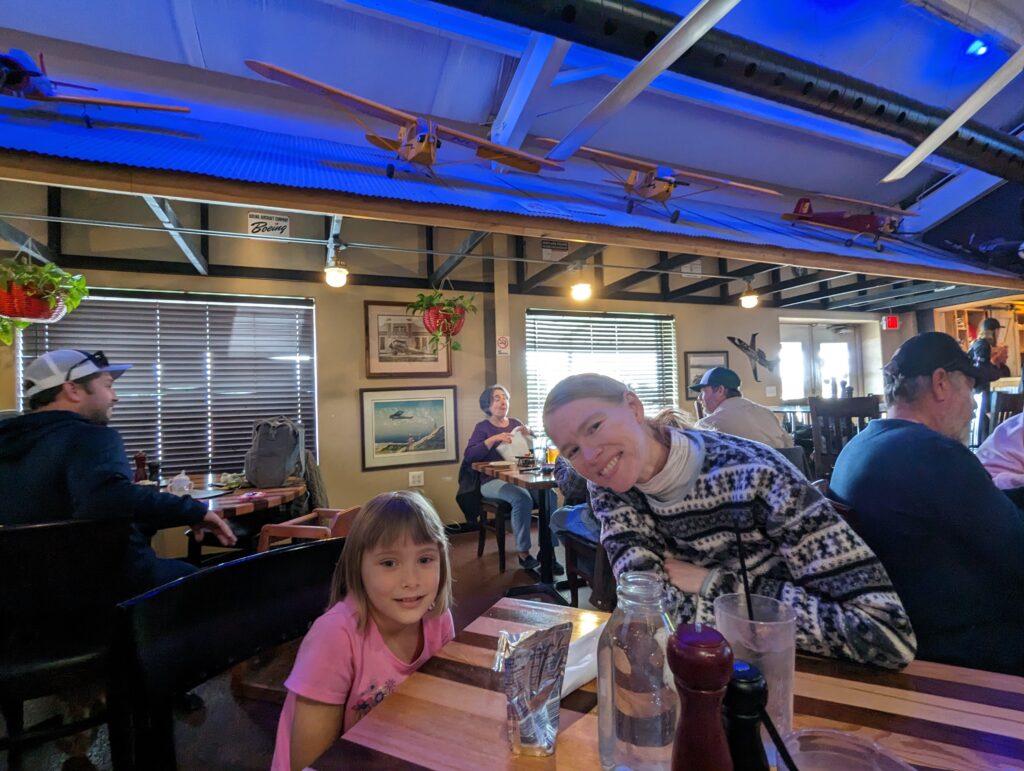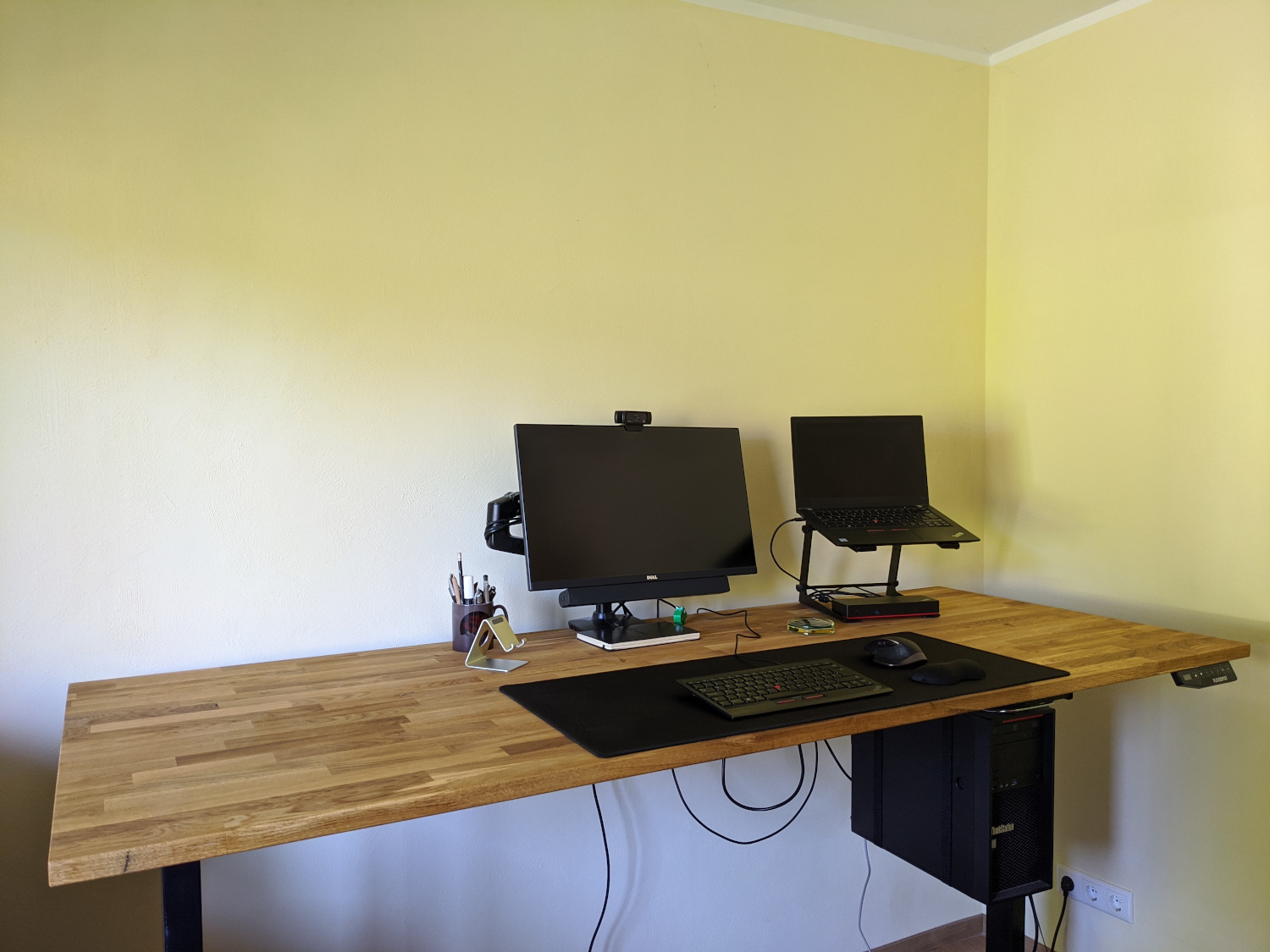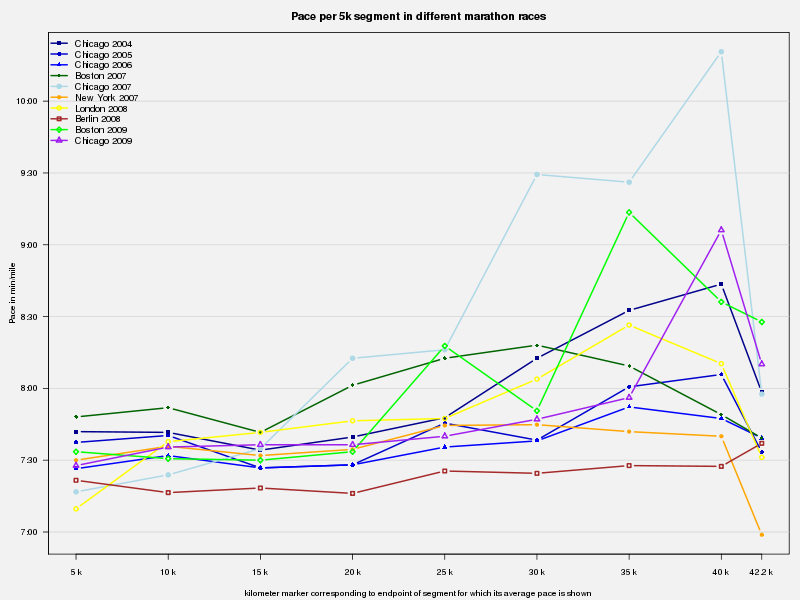For about six months I ve been using a Raspberry Pi 3 as my desktop computer at home.
The overall experience is fine, but I had to do a few adjustments.
First was to use KeePass, the second to compile gcc for cross-compilation (ie use
buildroot).
KeePass
I m using
KeePass +
KeeFox to maintain my passwords on the various websites (and avoid reusing the same everywhere).
For this to work on the Raspberry Pi, one need to use mono from Xamarin:
sudo apt-key adv --keyserver hkp://keyserver.ubuntu.com:80 --recv-keys 3FA7E0328081BFF6A14DA29AA6A19B38D3D831EF
echo "deb http://download.mono-project.com/repo/debian wheezy main" sudo tee /etc/apt/sources.list.d/mono-xamarin.list
sudo apt-get update
sudo apt-get upgrade
sudo apt-get install mono-runtime
The install instruction comes from
mono-project and the initial pointer was found on
raspberrypi forums,
stackoverflow and
Benny Michielsen s blog.
And for some plugin to work I think I had to
apt-get install mono-complete.
Compiling gcc
Using the Raspberry Pi 3, I recovered an old project based on buildroot for the raspberry pi 2. And just for building the tool-chain I had a few issues.
First the compilation would stop during mnp compilation:
/usr/bin/gcc -std=gnu99 -c -DHAVE_CONFIG_H -I. -I.. -D__GMP_WITHIN_GMP -I.. -DOPERATION_divrem_1 -O2 -Wa,--noexecstack tmp-divrem_1.s -fPIC -DPIC -o .libs/divrem_1.o
tmp-divrem_1.s: Assembler messages:
tmp-divrem_1.s:129: Error: selected processor does not support ARM mode mls r1,r4,r8,r11'
tmp-divrem_1.s:145: Error: selected processor does not support ARM mode mls r1,r4,r8,r11'
tmp-divrem_1.s:158: Error: selected processor does not support ARM mode mls r1,r4,r8,r11'
tmp-divrem_1.s:175: Error: selected processor does not support ARM mode mls r1,r4,r3,r8'
tmp-divrem_1.s:209: Error: selected processor does not support ARM mode mls r11,r4,r12,r3'
Makefile:768: recipe for target 'divrem_1.lo' failed
make[]: *** [divrem_1.lo] Error 1
I Googled the error and found
this post on the Raspberry Pi forum not really helpful
But I finally found an explanation on
Jan Hrach s page on the subject.
The raspbian distribution is still optimized for the first Raspberry Pi so basically the compiler is limited to the old raspberypi instructions. While I was compiling gcc for a Raspberry Pi 2 so needed the extra ones.
The proposed solution is to basically update raspbian to debian proper.
While this is a neat idea, I still wanted to get some raspbian specific packages (like the kernel) but wanted to be sure that everything else comes from debian. So I did some
apt pinning.
First I experienced that pinning is not sufficient so when updating
source.list with plain debian Jessie, make sure to add theses lines before the raspbian lines:
# add official debian jessie (real armhf gcc)
deb http://ftp.fr.debian.org/debian/ jessie main contrib non-free
deb-src http://ftp.fr.debian.org/debian/ jessie main
deb http://security.debian.org/ jessie/updates main
deb-src http://security.debian.org/ jessie/updates main
deb http://ftp.fr.debian.org/debian/ jessie-updates main
deb-src http://ftp.fr.debian.org/debian/ jessie-updates main
Then run the following to get the debian gpg keys, but don t yet upgrade your system:
apt update
apt install debian-archive-keyring
Now, let s add the pinning.
First if you were using
APT::Default-Release "stable"; in your
apt.conf (
as I did) remove it. It does not mix well with fine grained pinning we will then implement.
Then, fill your
/etc/apt/preferences file with the following:
# Debian
Package: *
Pin: release o=Debian,a=stable,n=jessie
Pin-Priority: 700
# Raspbian
Package: *
Pin: release o=Raspbian,a=stable,n=jessie
Pin-Priority: 600
Package: *
Pin: release o=Raspberry Pi Foundation,a=stable,n=jessie
Pin-Priority: 600
# Mono
Package: *
Pin: release v=7.0,o=Xamarin,a=stable,n=wheezy,l=Xamarin-Stable,c=main
Pin-Priority: 800
Note: You can use
apt-cache policy (no parameter) to debug pinning.
The pinning above is mainly based on the origin field of the repositories (
o=)
Finally you can upgrade your system:
apt update
apt-cache policy gcc
rm /var/cache/apt/archives/*
apt upgrade
apt-cache policy gcc
Note: Removing the cache ensure we download the packages from debian as raspbian is using the exact same naming but we now they are not compiled with a real armhf tool-chain.
Second issue with gcc
The build stopped on
recipe for target 's-attrtab' failed. There are many references on the web, that one was easy, it just need more memory, so I added some swap on the external SSD I was already using to work on buildroot.
Conclusion
That s it for today, not bad considering my last post was more that 3 years ago
 And then up we went!
And then up we went!
 Martha was so proud when we landed! We went to Stearman Field, just a short 10-minute flight away, and parked the plane right in front of the restaurant.
Martha was so proud when we landed! We went to Stearman Field, just a short 10-minute flight away, and parked the plane right in front of the restaurant.
 We flew back, and Martha thought we should get a photo of her standing on the wing by the door. Great idea!
We flew back, and Martha thought we should get a photo of her standing on the wing by the door. Great idea!
 She was happily jabbering about the flight all the way home. She told us several times about the pin she got, watching out the window, watching all the screens in the airplane, and also that she didn t get sick at all despite some turbulence.
And, she says, Now just you and I can go flying!
Yes, that s something I m looking forward to!
She was happily jabbering about the flight all the way home. She told us several times about the pin she got, watching out the window, watching all the screens in the airplane, and also that she didn t get sick at all despite some turbulence.
And, she says, Now just you and I can go flying!
Yes, that s something I m looking forward to!
 And then up we went!
And then up we went!
 Martha was so proud when we landed! We went to Stearman Field, just a short 10-minute flight away, and parked the plane right in front of the restaurant.
Martha was so proud when we landed! We went to Stearman Field, just a short 10-minute flight away, and parked the plane right in front of the restaurant.
 We flew back, and Martha thought we should get a photo of her standing on the wing by the door. Great idea!
We flew back, and Martha thought we should get a photo of her standing on the wing by the door. Great idea!
 She was happily jabbering about the flight all the way home. She told us several times about the pin she got, watching out the window, watching all the screens in the airplane, and also that she didn t get sick at all despite some turbulence.
And, she says, Now just you and I can go flying!
Yes, that s something I m looking forward to!
She was happily jabbering about the flight all the way home. She told us several times about the pin she got, watching out the window, watching all the screens in the airplane, and also that she didn t get sick at all despite some turbulence.
And, she says, Now just you and I can go flying!
Yes, that s something I m looking forward to!



 Last saturday the
Last saturday the 
 A quiet place in which to get away and code is all I was looking for when I
moved here. I found much more, but that's still the essence of the place.
On returning home from the beach, I've just learned that after
several years renting this house, I will soon have to leave, or buy it.
A quiet place in which to get away and code is all I was looking for when I
moved here. I found much more, but that's still the essence of the place.
On returning home from the beach, I've just learned that after
several years renting this house, I will soon have to leave, or buy it.
 The house is an
The house is an 


 After a bit more than 9 years, I am replacing
After a bit more than 9 years, I am replacing  I ll be spending the week after next (June 17-23) in London for the annual meeting of the
I ll be spending the week after next (June 17-23) in London for the annual meeting of the  I was pointed at a great online course If you are into e-voting analysis (or, more broadly, into democratic processes' history, evolution and future), I strongly suggest you to take a look at
I was pointed at a great online course If you are into e-voting analysis (or, more broadly, into democratic processes' history, evolution and future), I strongly suggest you to take a look at  Our friend Susan was going to be in Chicago for a conference, and as we hadn't
seen Chicago yet, and it was on the list of cities we wanted to visit, we made
the semi-spur of the moment decision to have a three day weekend there last
weekend.
We got the Virgin America red-eye flight from SFO, which left on Friday at
around 5pm, and got into Chicago at around 11:30pm, local time. Zoe didn't do
as well as she has previously, and didn't sleep very well on the flight
over, despite us getting lucky and scoring an empty seat between us on an
otherwise fairly full flight. I think she's getting too big to comfortably
sleep in the Ergo baby carrier (or isn't keen on sleeping vertically any
more).
We stayed at the
Our friend Susan was going to be in Chicago for a conference, and as we hadn't
seen Chicago yet, and it was on the list of cities we wanted to visit, we made
the semi-spur of the moment decision to have a three day weekend there last
weekend.
We got the Virgin America red-eye flight from SFO, which left on Friday at
around 5pm, and got into Chicago at around 11:30pm, local time. Zoe didn't do
as well as she has previously, and didn't sleep very well on the flight
over, despite us getting lucky and scoring an empty seat between us on an
otherwise fairly full flight. I think she's getting too big to comfortably
sleep in the Ergo baby carrier (or isn't keen on sleeping vertically any
more).
We stayed at the  Earlier today the 33rd Chicago Marathon was held. I will organise my
comments by pointing out three epic fails.
First, of course, was the Chicago weather. After two successive marathon in
excessive heat --- the
Earlier today the 33rd Chicago Marathon was held. I will organise my
comments by pointing out three epic fails.
First, of course, was the Chicago weather. After two successive marathon in
excessive heat --- the
 I also updated my 'performance by race type through time' chart which suggests
that I may be getting slower for marathons (if we allow for a non-linear
effect). Eek.
I also updated my 'performance by race type through time' chart which suggests
that I may be getting slower for marathons (if we allow for a non-linear
effect). Eek.

 I live in the USA. Our government issues many grants to scientists for research via the
I live in the USA. Our government issues many grants to scientists for research via the  It s been a while now since the 2008 Summer of Code ended. This year, twelve (?) projects were selected. That s twelve students working full time on a Debian-related project during the summer.
The Google Summer of Code has sometimes been criticized in the past for having a poor student-developer retention rate inside the host projects. One of the goals of the program has always been to bring new people to budding or established free software organizations and it s a pity that some would leave the project as soon as the program ends.
On the other end, poor integration of created code within the project leads to work that is hard to merge in, or worse, doesn t get merged in at all. That s a waste of time and resources and a probably cause of global warming as well.
Hopefully, it s not always the case. Some people choose to stay committed within the organization in the long-term. Useful code gets merged in and pushed to the public.
I am going to give a
It s been a while now since the 2008 Summer of Code ended. This year, twelve (?) projects were selected. That s twelve students working full time on a Debian-related project during the summer.
The Google Summer of Code has sometimes been criticized in the past for having a poor student-developer retention rate inside the host projects. One of the goals of the program has always been to bring new people to budding or established free software organizations and it s a pity that some would leave the project as soon as the program ends.
On the other end, poor integration of created code within the project leads to work that is hard to merge in, or worse, doesn t get merged in at all. That s a waste of time and resources and a probably cause of global warming as well.
Hopefully, it s not always the case. Some people choose to stay committed within the organization in the long-term. Useful code gets merged in and pushed to the public.
I am going to give a